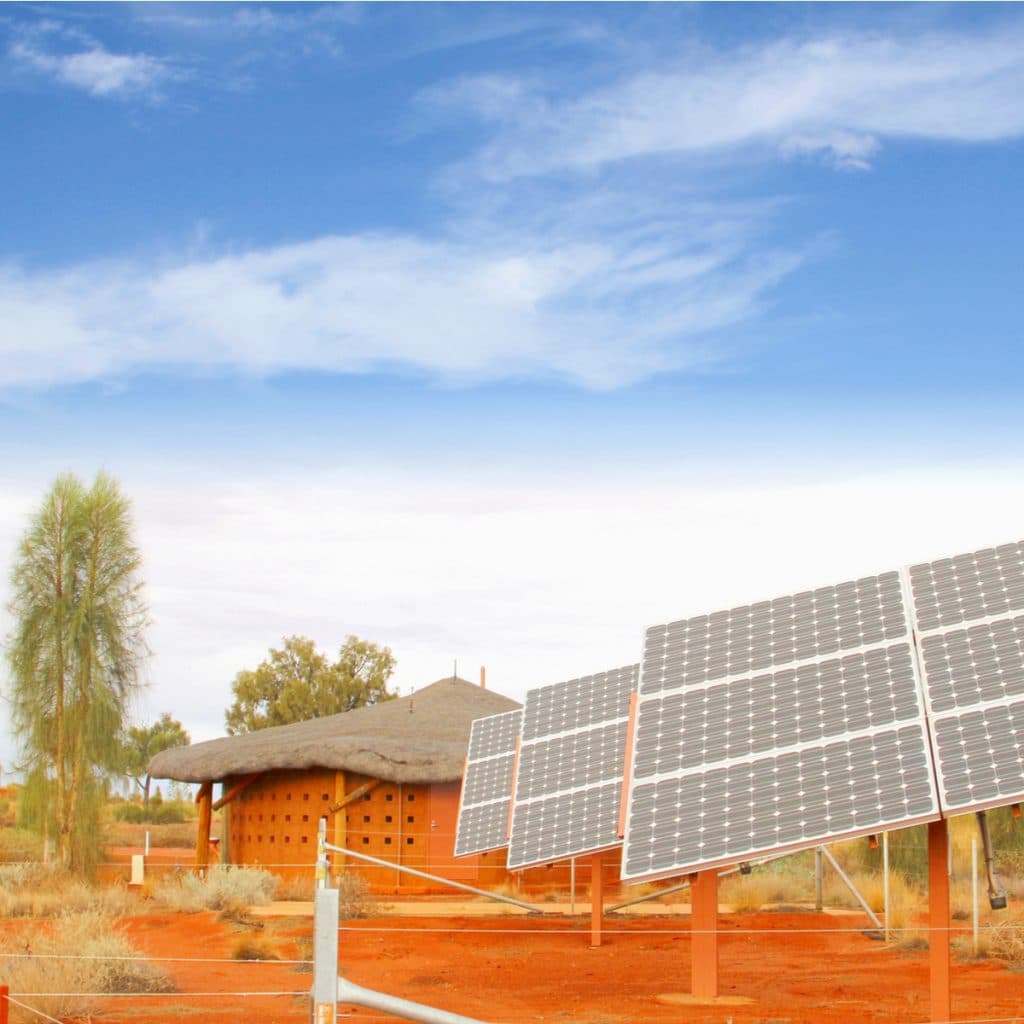The first factor for the development of solar energy in Africa is primarily economic. The prices of materials are falling on the market. According to the “Solar PV in Africa: costs and market”, a report published on September 22 2016, by the International Renewable Energy Agency (Irena), there is a causal link between the lower costs of installing solar technologies and the expansion of photovoltaic on the continent. Indeed, the price of photovoltaic electricity has been falling steadily since 2012. In countries such as Morocco, South Africa and Senegal, the cost of solar energy is already lower than that of coal and gas. Investment costs in large photovoltaic plants in Africa decreased by 61% from 2009 to 2015.
According to Irena, investments in solar parks in Africa would currently reach nearly 1.3 million dollars per MW installed, against a world average of 1.8 million $/MW installed. The Agency envisages a further 59% reduction in these costs over the next decade. This will enable the continent to reach 70 GW photovoltaic capacity by 2030.
The sun: Available in abundance
On the solar map of the world, Africa receives much more sunshine during the year than any other continent on Earth. All the sunniest places on the planet are in Africa. The continent is dominated by an interesting sky especially at the desert level (e.g. Sahara, Namib, and Kalahari). The Eastern Sahara in North Africa is particularly known for its sunshine records with a maximum recorded of 220 kcal / cm².
With more than 85% of the continent’s landscape receiving a global horizontal solar irradiation of 2000 kWh / (m² year), Africa also has theoretical solar energy reserves estimated at 60,000,000 TWh / year, or 40% of the world total, making it the richest solar energy continent in the world.
A godsend for economic development
Add to this the very high price that African consumers pay for their electricity, almost three times that paid in Asia, and almost equal to the European tariff, and one can better understand the advantages of investing in Africa, where mobile banking (invented on the continent) now facilitates the payment of their electricity bill.
The economic, geographical and climatic provisions, favourable to the development of solar energy in Africa, thus give the possibility to the States to develop thanks to a very affordable energy, with low carbon emission. It also represents a real solution to the electrical energy problems encountered by companies. According to a study conducted by the French Institute of International Relations, more than 30 African countries were experiencing serious energy crises in 2011. Power outage times reported by manufacturing companies in these countries were equivalent to 56 days per year. On average, these deficiencies account for 6 per cent of the revenues of enterprises in the formal sector and up to 16 per cent of lost income in the informal sector, which does not have emergency equipment. The World Bank estimates the economic weight of these cuts at two growth points per year.
Boris Ngounou
